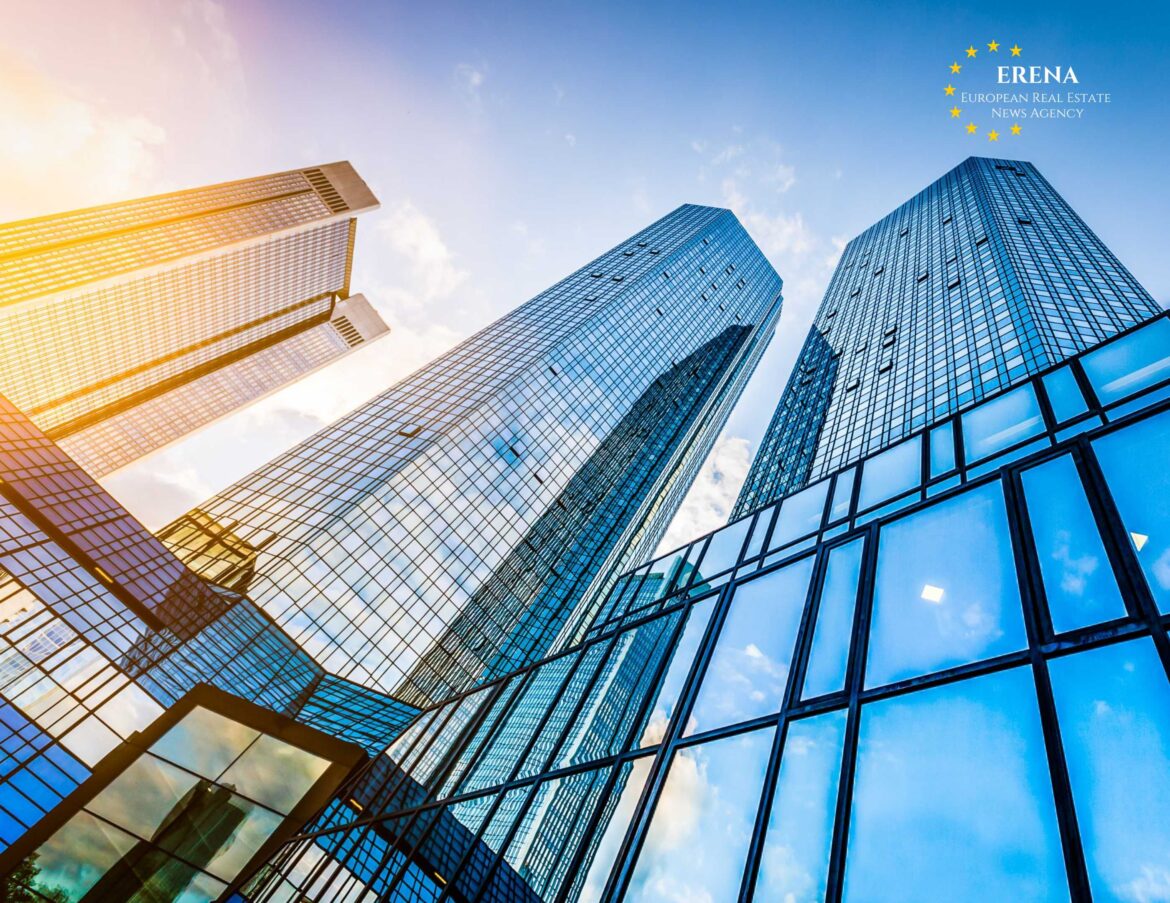In 2025, the global real estate market continues to evolve under the influence of cross-border capital flows. Foreign investors are playing an increasingly pivotal role in shaping local property landscapes, impacting price dynamics, urban development, and housing affordability. From multimillion-euro office acquisitions in Europe to large-scale residential investments in Asia, cross-border capital has become one of the main forces behind real estate transformation.
Cross-Border Capital Becomes the Norm
According to industry reports, international real estate investment exceeded €300 billion in 2024, with around 35% allocated to commercial assets and the remainder spread across residential, logistics, and hospitality. The trend is only accelerating in 2025.
The most active foreign investors come from the U.S., Canada, the Middle East, Singapore, and South Korea. They primarily target high-yield markets such as Germany, the UK, Poland, Spain, Australia, and Indonesia.
Examples of major 2025 transactions include:
- Singapore’s GIC invested €520 million in a logistics portfolio across France
- Brookfield acquired a residential complex in Warsaw for €210 million
- Qatar Investment Authority injected €480 million into Madrid’s hospitality sector
What Foreign Investors Are Buying
Cross-border investments are typically concentrated in three major asset classes:
1. Commercial Real Estate
Despite the shift toward remote work, demand for premium office spaces in major economic hubs remains strong. Foreign investors are particularly drawn to Class A office buildings in cities with healthy business ecosystems.
For example:
- Prime office leases in London average €9,000–11,000 per m² annually
- Paris commands around €7,000
- Berlin sees rates starting at €5,500
These yields attract global capital even when property acquisition costs are high.
2. Residential Assets
The Build-to-Rent (BTR) model has gained significant traction, especially in cities with chronic housing shortages such as Barcelona, Lisbon, Milan, and Warsaw. Rental yields in these locations often range between 5% and 7%.
Foreign investors are also acquiring apartments in new developments across tourist destinations like southern France, Spain’s coastline, and Greek islands. Prices range from €120,000 to €450,000 depending on size and location.
3. Logistics and Industrial Space
Logistics remains the fastest-growing investment segment in 2025. The rise of e-commerce and last-mile delivery has pushed demand for industrial assets in Poland, the Czech Republic, and the Netherlands.
Prices range from €800 to €1,800 per m², with annual yields between 6% and 9%, particularly for long-term leases with large retailers.
Impact on Local Markets
Foreign capital significantly affects the dynamics of domestic property markets:
- Price Inflation: Many urban markets have seen property values increase by 10–20% over the past year due to competition and supply constraints
- Development Shifts: Developers now prioritize high-yield properties like short-term rentals, serviced apartments, and student housing
- Housing Affordability: In cities like Lisbon, Barcelona, and Athens, rising demand from foreign buyers has driven up rents, pricing out local residents
Regulatory Pushback
To mitigate overheating, several countries have imposed restrictions on foreign buyers:
- Canada has banned most foreign home purchases until the end of 2026
- New Zealand prohibits non-residents from buying existing residential property
- Spain is considering additional taxes on short-term rental income earned by non-resident investors
These policies aim to protect housing access for locals while curbing speculative investment.
ESG and Green Real Estate Take Center Stage
Environmental, social, and governance (ESG) criteria are now central to investment decisions. Foreign funds increasingly prefer properties with LEED or BREEAM certification, passive energy use, or net-zero targets.
Institutional investors such as Nuveen, Allianz Real Estate, and Axa IM Alts have pledged that over 80% of their new acquisitions will meet ESG standards.
Top sustainable segments include:
- Passive houses in Scandinavia (€3,500–4,200/m²)
- Green-certified offices in London and Amsterdam (rent starting from €6,000/m² annually)
- Eco-warehouses in Poland and Germany (€1,000–1,600/m²)
Tech-Driven Investment Strategies
AI, predictive analytics, and Big Data tools are redefining how investors evaluate opportunities. PropTech platforms now offer real-time performance data, location analysis, and revenue projections.
Many global funds use AI-based tools to score properties based on location, risk, yield potential, and time to break-even — streamlining decision-making and reducing entry risk.
Outlook for H2 2025
Foreign investment is expected to grow steadily in the second half of 2025, particularly in politically stable regions across Europe and Southeast Asia. Emerging investment focuses include:
- Hybrid spaces combining living, working, and leisure
- Data centers as part of digital infrastructure
- Senior and student housing in aging or education-driven markets such as Germany, Italy, and Japan
Conclusion
Foreign investors are no longer peripheral players — they are shaping the trajectory of real estate markets worldwide. Their capital influences everything from property prices to development trends, infrastructure planning, and even urban demographics.
Despite increasing regulatory scrutiny, international real estate investment shows no signs of slowing down. In fact, it will likely continue to dictate the strategic direction of both global and local property markets well beyond 2025.

